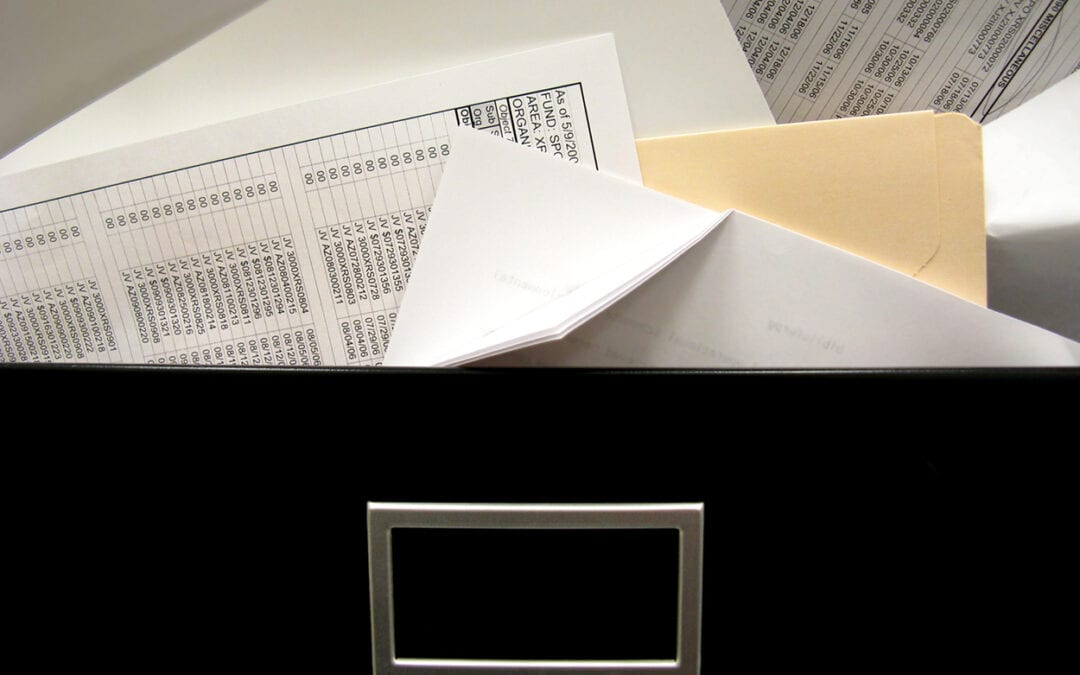You may think you know what contact tracing is – until your company has to perform it. By “have to”, we mean that someone at work contacts a COVID-19 patient and you need to inform everyone who was potentially exposed, both workers and visitors.
That’s when you will find out a spreadsheet or online form isn’t much better than paper for contact tracing.
Site Attendance by Paper is Expensive
At the onset of the pandemic, construction companies simply added paper health screening to their existing paper sign in forms. At the end of a shift, those forms went into a file drawer or the information was put into a spreadsheet or other online form. If and when contact tracing was necessary, the information was there. At least in theory.
Let’s think about this. If a construction project has 12 people using a paper and pen to check in daily and take a health screening, it could take an hour a day. Then, transferring the information from the forms into a spreadsheet could take 20 minutes each day. In one week, a company could easily spend 6.5 hours just on record keeping.
Now imagine that the team has been following this same process for a month. After 30 days, they will have spent almost 200 hours checking in, conducting health screenings, and filing the reports. They’ll also have 240 reports. Unless…
- They have additional subcontractors on a job site for a few days.
- The crew sizes expand and contract due to an accident or illness.
- Visitors such as owners, brokers, tenants or property managers come on site.
- Etc.
You can see how the paper pile will quickly grow. If an employee, subcontractor or site visitor contracts COVID-19, it will require combing through the files to figure out who was around whom and when. This can’t be done quickly or easily. Nor it is full-proof when you consider the potential for human error, illegible signatures, and lost paperwork.
The Need for Business Contact Tracing
Safe Site Check In’s secure health escreening and business contact tracing is fast, safe, and saves companies loads of time and money.
Most objections to contact tracing are resistance to using government provided apps that follow an individual around all day, both at work and at home and play. Justifiably most people think that’s none of the government’s business.
But collecting location data at work raises no such objection. Businesses have every right to collect and use data about their workforce, whether for improving productivity, HR practices, cost accounting or risk management. And workers and visitors have come to accept that businesses have that right, as long as the data is used appropriately and not shared outside the company.
The pandemic has therefore been an incentive for businesses to not only address the Covid-19 crisis, but to improve their business operations via the site awareness data that Sate Site Check In provides.
If contact tracing is required, Safe Site Check In customers get a tracing analysis at the push of a button for either internal handling by HR, or for handing over to public health authorities under privacy safeguards. Safe Site Check In customers therefore protect their business, their workers and visitors, their privacy, and their communities at large.
EScreening and Business Contact Tracing Saves Money
If you are unlucky enough to have a positive case requiring contact tracing, consider these numbers comparing contract tracing using paper vs Safe Site Check In:
| Business Contact Tracing task | Paper Time per Tracing (hr) | Paper $Cost per Tracing | SSCI Time per tracing (hr) | SSCI $Cost per tracing |
| Managers, HR notified | 2 | $200.00 | 0.1 | $10.00 |
| Pull/find sign in logs | 2 | $200.00 | 0 | $0.00 |
| Confirm forms correct and complete | 4 | $400.00 | 0 | $0.00 |
| Enter worker info into spreadsheets and emails | 8 | $800.00 | 1 | $100.00 |
| Create report for health authorities, insurance, HR, etc. | 24 | $2,400.00 | 1 | $100.00 |
| Send notifications | 4 | $400.00 | 1 | $100.00 |
| Total | $4,400.00 | $310.00 |
Spreadsheets and e-forms eliminate the need to type in paper based data, but they aren’t much use for performing the time-based calculations required for contact tracing.
Because Safe Site Check In data is digital and stored in a database, a contact tracing report is available at the push of a button. Your savings are 14 times less expensive than paper per incident, and, more importantly, almost instantaneous.

David Brian Ward is a CEO and Founder of Safe Site Check In LLC, a digital jobsite management platform launched in 2020 for the Construction industry. With over 40 years of experience in the technology industry, having launched and grown several successful companies. Mr. Ward is a now a SaaS entrepreneur and innovation leader in the Construction industry.

